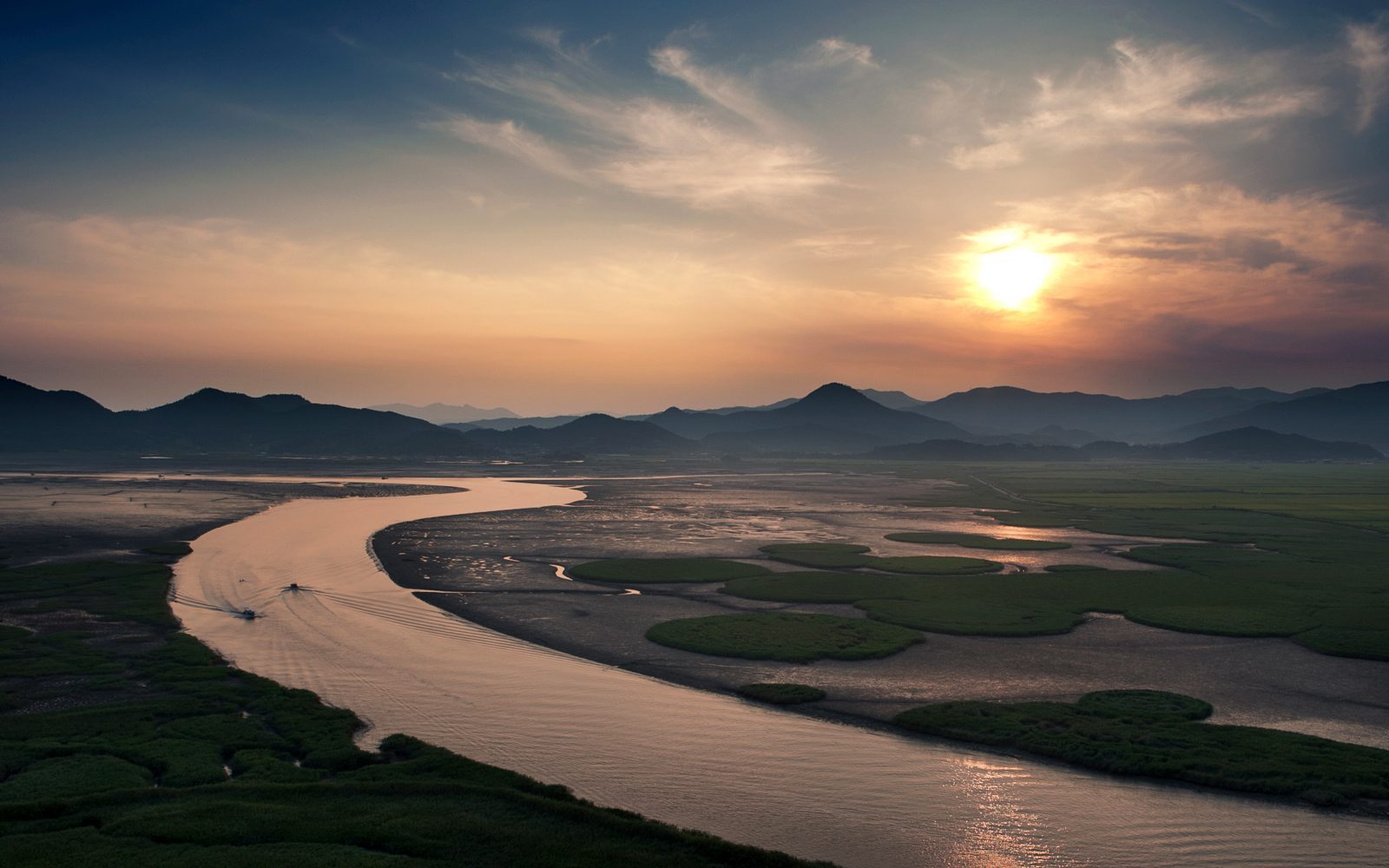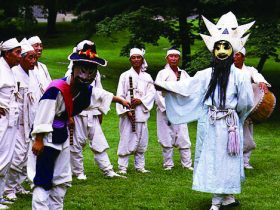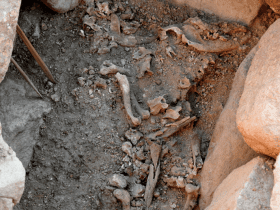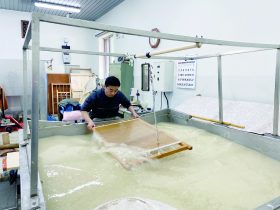Suncheonman, Choyeonjeong Garden and Songgwangsa Temple
Natural Heritage Division
LEE Sungkyung
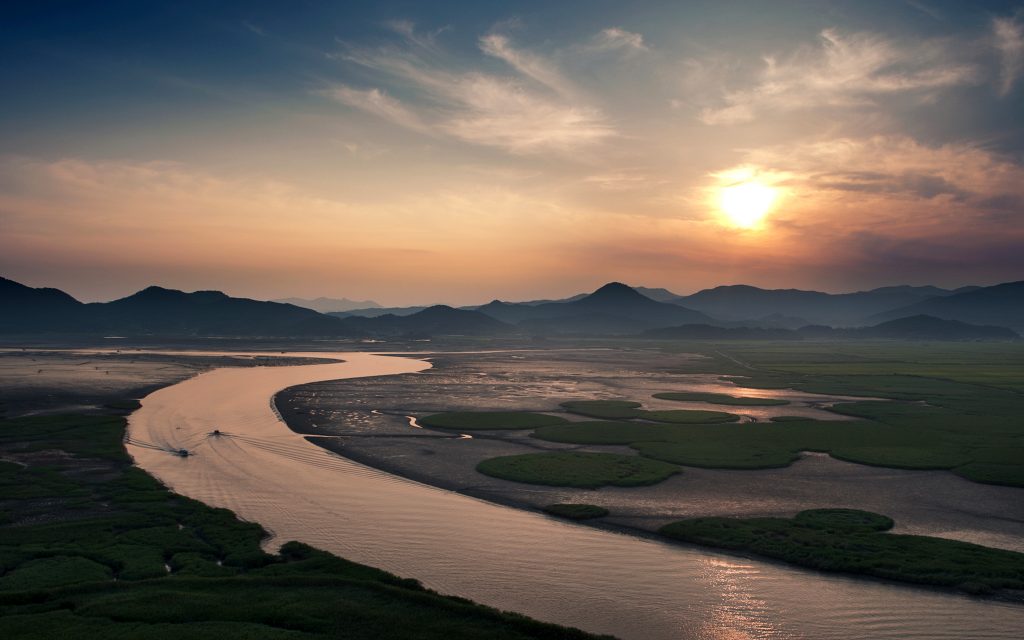

Suncheon Bay, Beauty of Tidal Flats
Getbol, Korean Tidal Flats, is registered to the UNESCO World Heritage List in 2021, becoming the second natural heritage site in Korea, following the “Jeju Volcanic Island and Lava Tubes” designated in 2007. The site is composed of four parts- Seocheon Getbol, Gochang Getbol, Shinan Getbol and Boseong-Suncheon Getbol. Among those, the tidal flats of Suncheonman Bay is designated as Scenic Site. Suncheonman Bay is the only tidal flat in Korea located where the rivers meet the sea, which means the tidal flats are salt marsh where reeds and a variety of wetland wildlife form a colony. During winter, birds designated as Natural Monument such as hooded cranes, spoonbills, and eagles flock to Suncheonman Bay. A variety of water birds including dunlin and Eastern curlew make a bird stopover site Suncheonman Bay in spring and autumn. Suncheon Bay offers the beauty of rich nature throughout the year. The wetland’s lush green reeds are shaken by the wind, and red snow crabs and mudskippers are hidden in the reeds.
Choyeonjeong Garden, a Villa Deep Inside the Village
The Choyeonjeong Pavilion in a valley of Mohusan Mountain in Suncheon is unique, just like its name, “pavilion transcending nature.” Located in a deep mountain valley at the back of a village, Choyeonjeong Pavilion is placed at an unlikely spot at the end of a winding road making one wonder if there can be such venue in this deep forest. The garden area is divided into the “inner garden” where the pavilion is located and the “outer garden” in the valley area. The outer garden has calm, limpid waters against the backdrop of screen-like rocks, which is an example of Korean traditional landscape architecture bringing the aesthetics of the natural environment into the garden.
A Place for a Pause, Songgwangsa Mountain Temple.
Suncheon has another scenic site in addition to Suncheonman Bay and Choyeonjeong Garden- Songgwangsa and Seonamsa Temples in Jogyesan Mountain. Songgwangsa Temple is one of the “Three Jewel Temples” in Korea, which include Tonngdosa Temple representing the Buddha, Haeinsa Temple representing Buddhist teachings and Songgwangsa Temple representing the Buddhist community. So visitors can often witness Buddhist monks gathered to concentrate on Buddhist practice in the Songgwangsa Temple. When you pass through the Iljumun (main gate of the temple) and walk along a forest pathway, a pavilion bridge called Cheongnyanggak appears. Like the bridge’s name “cheongnyang,” which means refreshing in Korean, the bridge is located over a valley with crystal-clear water from Jogyesan Mountain, suggesting the visitors wash away the secular concerns here. In the temple’s precincts, the Imgyeongdang Hall, where the monks reside, has a protruding upper floor, which makes the building like a pavilion than a temple, showcasing the characteristics of Songgwangsa Temple focusing on harmony with nature. Chimgyeru Pavilion is a two-story pavilion located over a valley as its name means “lying along the valley.”
The temple’s main building, Daeungbojeon, has beautiful yet faded dancheong (traditional multicolored paintwork on wood), reflecting how old the temple is. Making a long stay at Songgwangsa Temple is a great way to fully absorb the temple’s actual charms.







